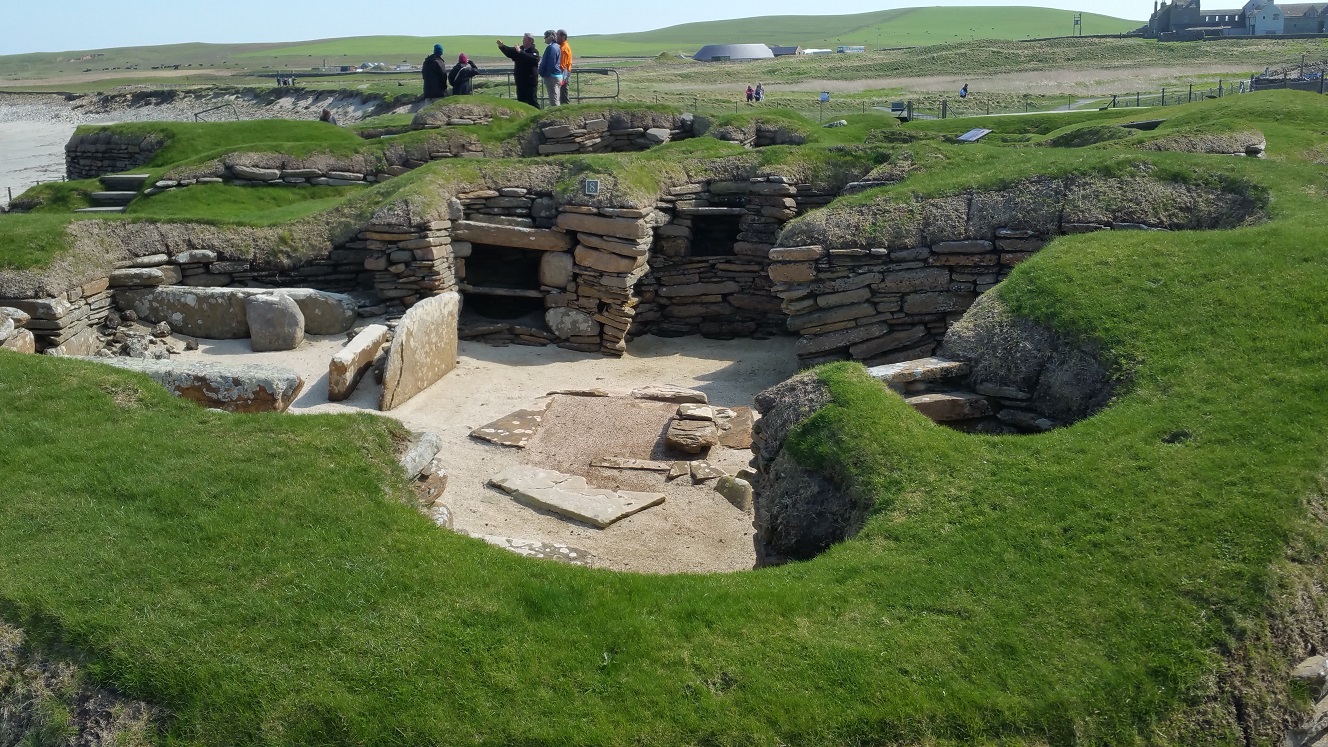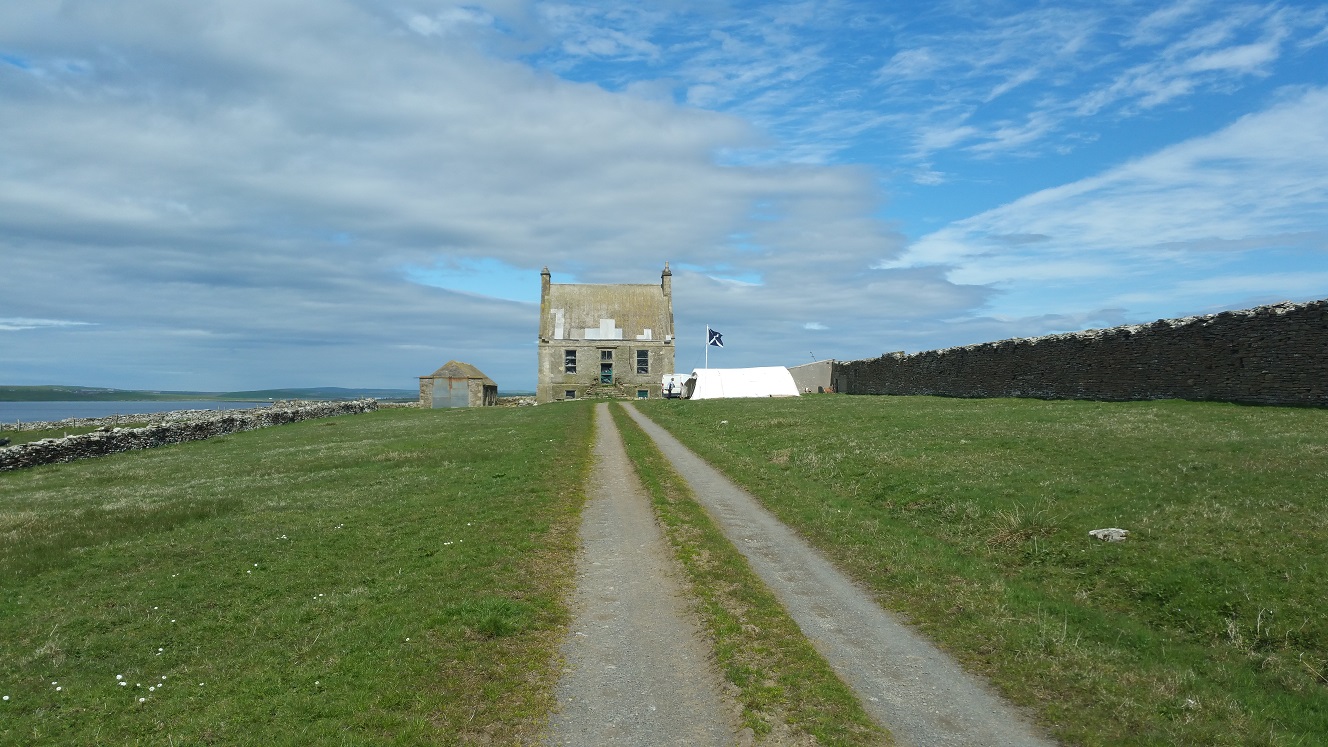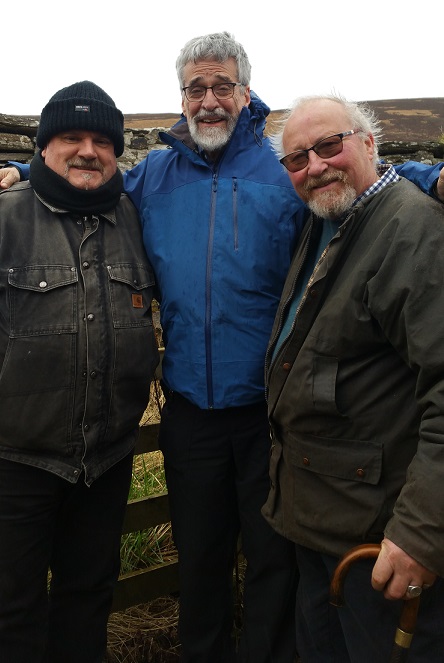Yo, Orkney! Skara Brae to Clestrain
People were living at Skara Brae before
Egyptians built the pyramids. By the time other neolitithic folk started work
on Stonehenge in England, they had resided here, facing out over the salt
water, for three to four hundred years – and even had time to abandon the site.
To stand here today, in the 21st century, gazing out at surf-worthy
waves, proved both humbling and awe-inspiring. More than one person
incidentally gave thanks that our expedition leader had decided we would
overnight at the dock in Kirkwall, rather than plunge out into what would certainly
have been one horrendous night on the water.
But what a place is Skara Brae – the
best-preserved Neolithic village in northern Europe, and a site that offers an
entree into the daily lives of people who lived 4,500 years ago. Here they
cooked, there they ate, and here, just here, they curled up and slept. Today,
as well, while rambling around with Adventure Canada, we visited the nearby Ring of Brodgar, a world-famous circle of
standing stones, and passed by a recently begun archaeological dig between the
two, the Ness of Brodgar, that points back even earlier, to the Mesolithic era
of 7000 years ago, when hunter-gatherers roamed these hills.
Roll on to the Hall of Clestrain, which
overlooks Hoy Sound near Stromness. Birthplace in 1813 of Arctic explorer John
Rae, this listed building is now the focus of a restoration campaign led by the
John Rae Society, which is determined to turn Clestrain into a world-heritage
centre. Three buses shuttled passengers from one location to another, while
other visitors rambled around Kirkwall, visiting St. Magnus Cathedral, which
contains a gorgeous memorial to Rae, and also the explorer’s grave, situated
behind this magnificent 12th century edifice.
Rumor had it that some travelers indulged in serious
retail therapy, and suggestive evidence turned up in certain newly observed
artifacts. Come evening, two Orcadians came aboard. Andrew Appleby, president
of the John Rae Society and a professional potter from nearby Harray (the
Harray Potter), invited people to visit his studio, where he throws pots. And
native Orcadian historian Tom Muir, president of the Orkney Story-Teller’s
Association, entertained with a series of entrancing tales that ranged from the
dark and foreboding to the sublime and sorrowful. His was a tour de force performance.


